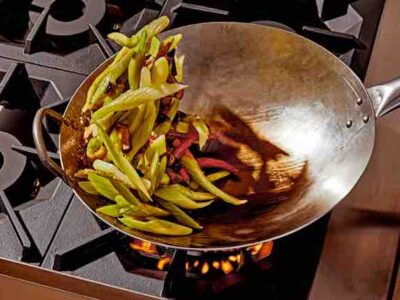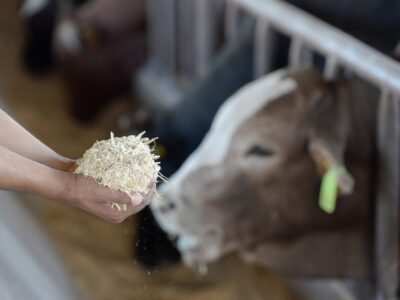National Hot Chocolate Day is recognized on Jan. 31 every year. It’s the perfect time to celebrate the go-to beverage for cold weather as we enter the final months of winter. Before anyone asks, yes, there is technically a difference between hot cocoa (thin and creamy) and hot chocolate (dense and rich). For all intents and purposes, we’re celebrating both!
Nowadays, you can buy microwavable concoctions, powders to add to milk or water, and balls filled with marshmallows and other toppings. However, how did hot chocolate become so popular?
Well, chocolate (and cocoa) has been around for thousands of years, and the first beverage that used it on record dates back to the Ancient Mayans in modern-day Mexico.
However, the earlier Olmecs used cacao beans in different concoctions. The Mayans made a mixture of ground cocoa seeds, water, cornmeal, and chili peppers as early as 500 BC.
It’s worth noting that this “drinkable chocolate” was served cold and probably didn’t taste nearly as sweet as modern-day versions due to the lack of sugar and the addition of chili peppers.
Hundreds of years later, Hernán Cortés, the infamous Spanish conquistador, brought cocoa beans to Europe. Although it took some time, soon, the beverage was commonly served as a hot drink in Spain. When it reached London, chocolate houses — think coffee shops but for the sweet treat — grew popular during the 1700s.
Some sources say Hans Sloane brought a recipe mixing milk and chocolate from Jamaica during the late 18th century. One way or another, milk-based versions became the go-to in England afterward.
The introduction of milk chocolate in the U.S. created a massive spark in the states. By the late 19th and early 20th centuries, popular brands like Cadbury, Mars, and Hershey were operating at full tilt.
So, if you’re looking for a good opener for any upcoming parties, you can always enlighten the attendees on how hot chocolate was originally a cold cacao mix. As interesting as that is, there are some other surprising facts and statistics about the drink:
- Centuries ago, hot chocolate was prescribed by physicians and doctors as a medicine to reduce fevers and treat upset stomachs.
- When first introduced to Spain, it was a luxury beverage only enjoyed by the upper classes until it became more widely available to the public in the 1700s.
- During WWI, the YMCA created comfort stations that served magazines, cigarettes, snacks, and hot cocoa to soldiers.
- In 2013, the largest cup of hot chocolate was produced in Tampa Bay, FL. The 880 gallons were made from 1,100 lbs of cocoa and 87 gallons of powdered milk.
Hot chocolate is complicated. There’s the hot cocoa (powder or syrup) versus hot chocolate (shaved) debate, the fact that it’s not just the rich delicacy that is warmed, and the infinite variations across time and continents.
Regardless of its complex history, everyone can agree that hot chocolate is a core staple of drinks best consumed when it’s cold outside. Whether it’s a chocolate bomb, a cold-cocoa concoction, or the classic powder and milk mixture with marshmallows on top, enjoy the sweet, cozy beverage today!





